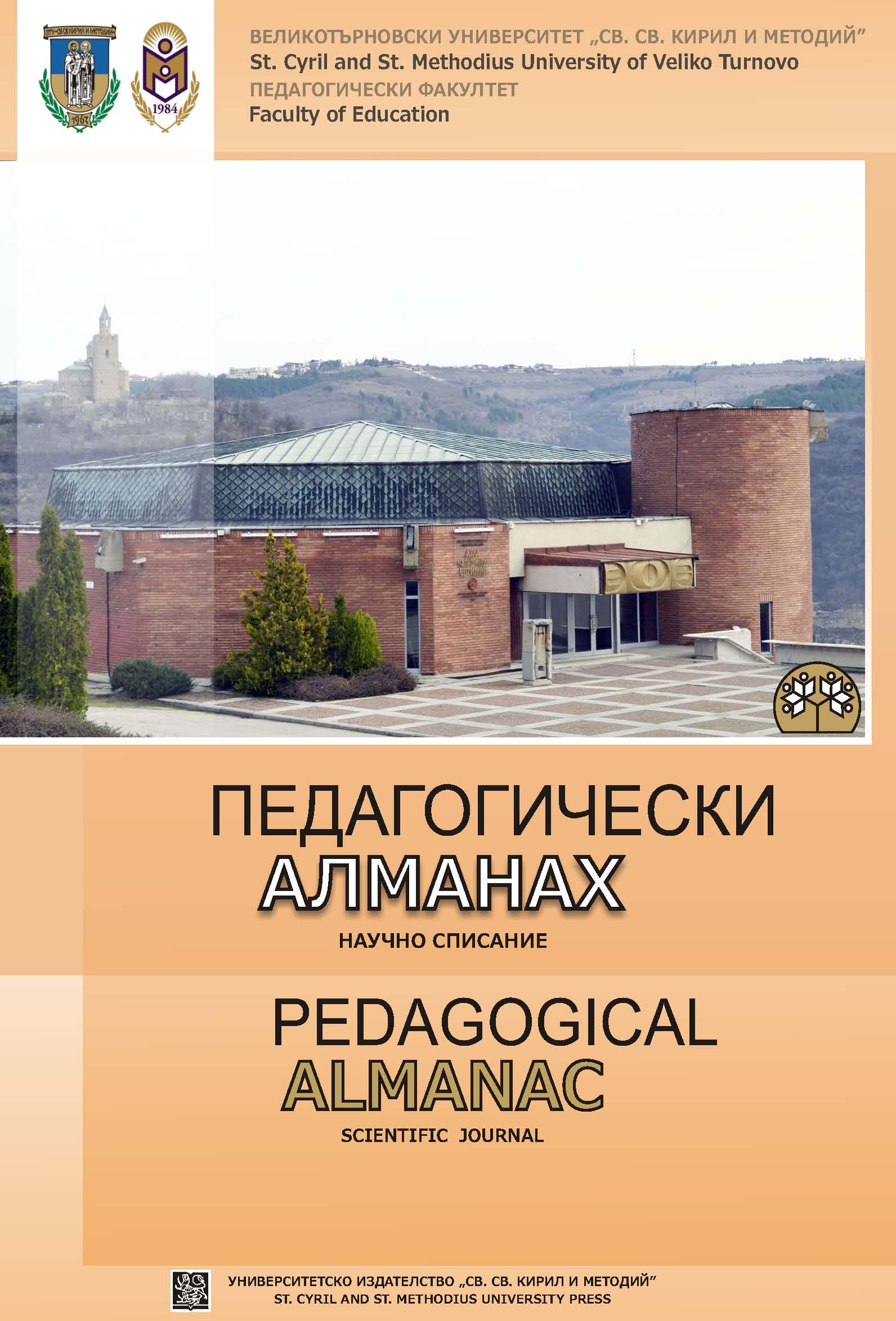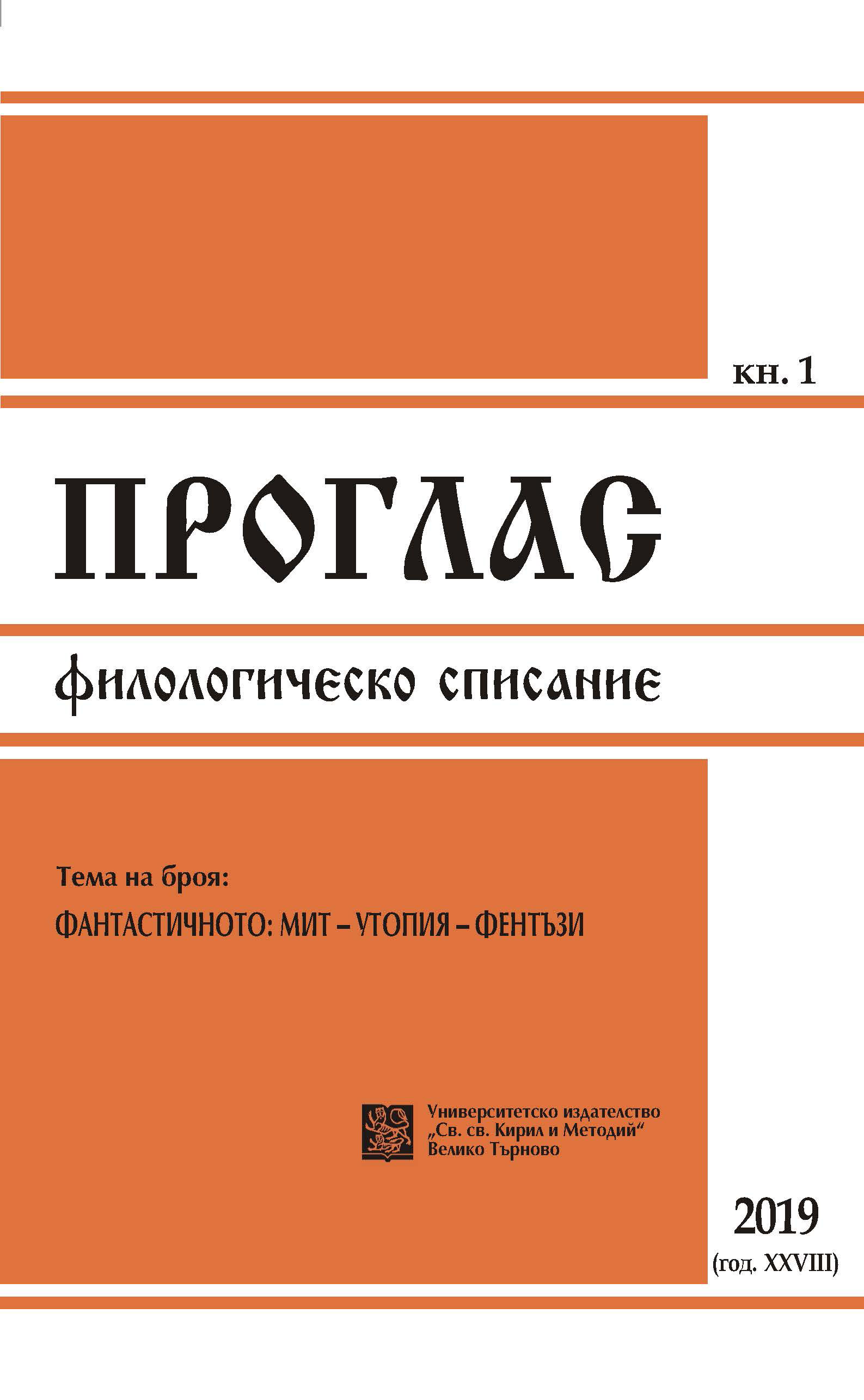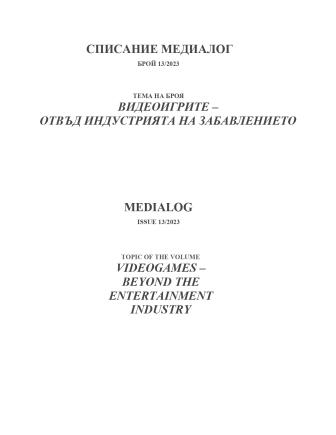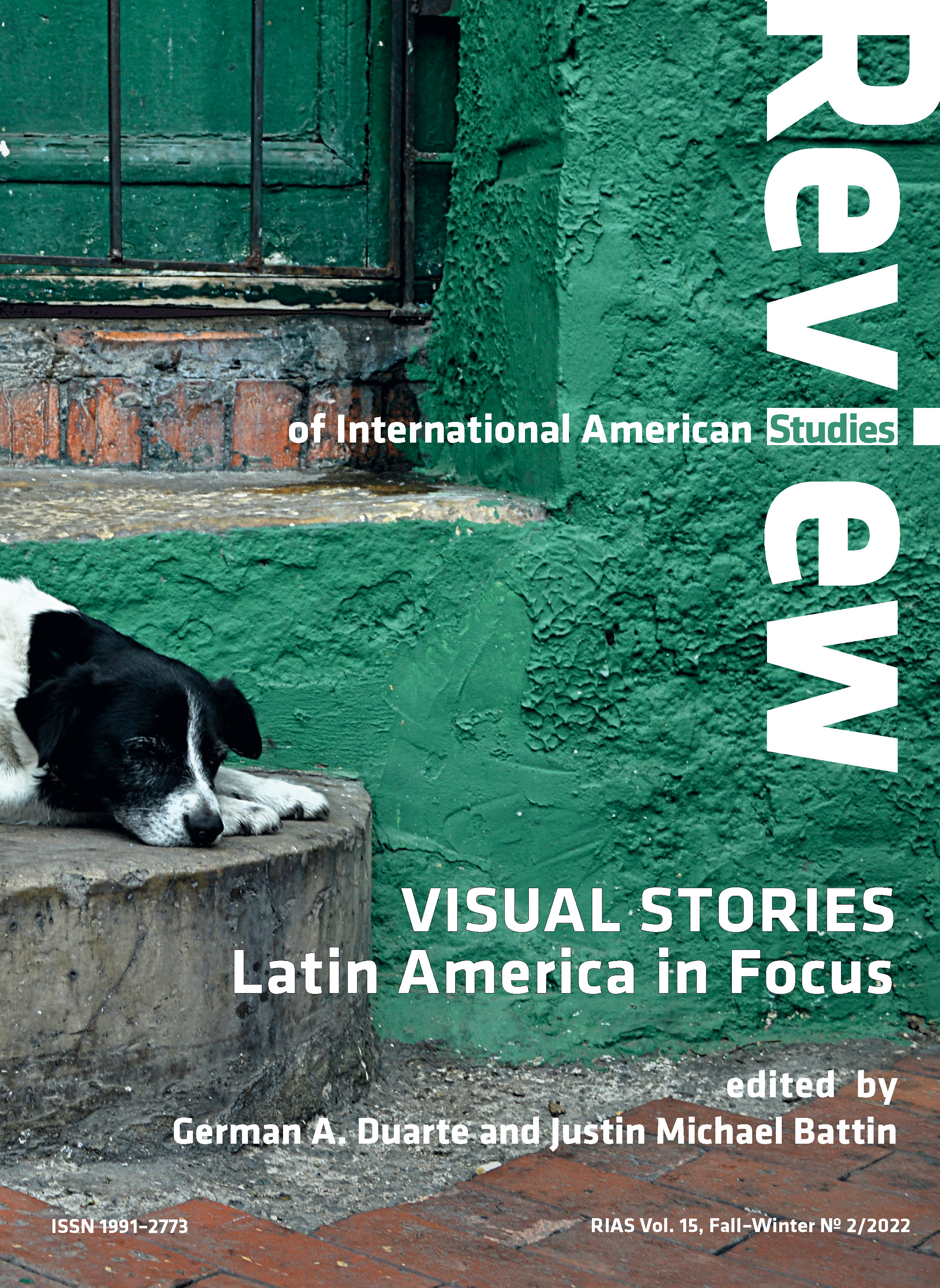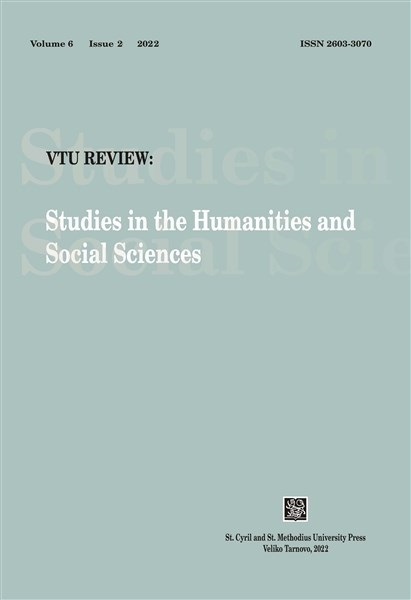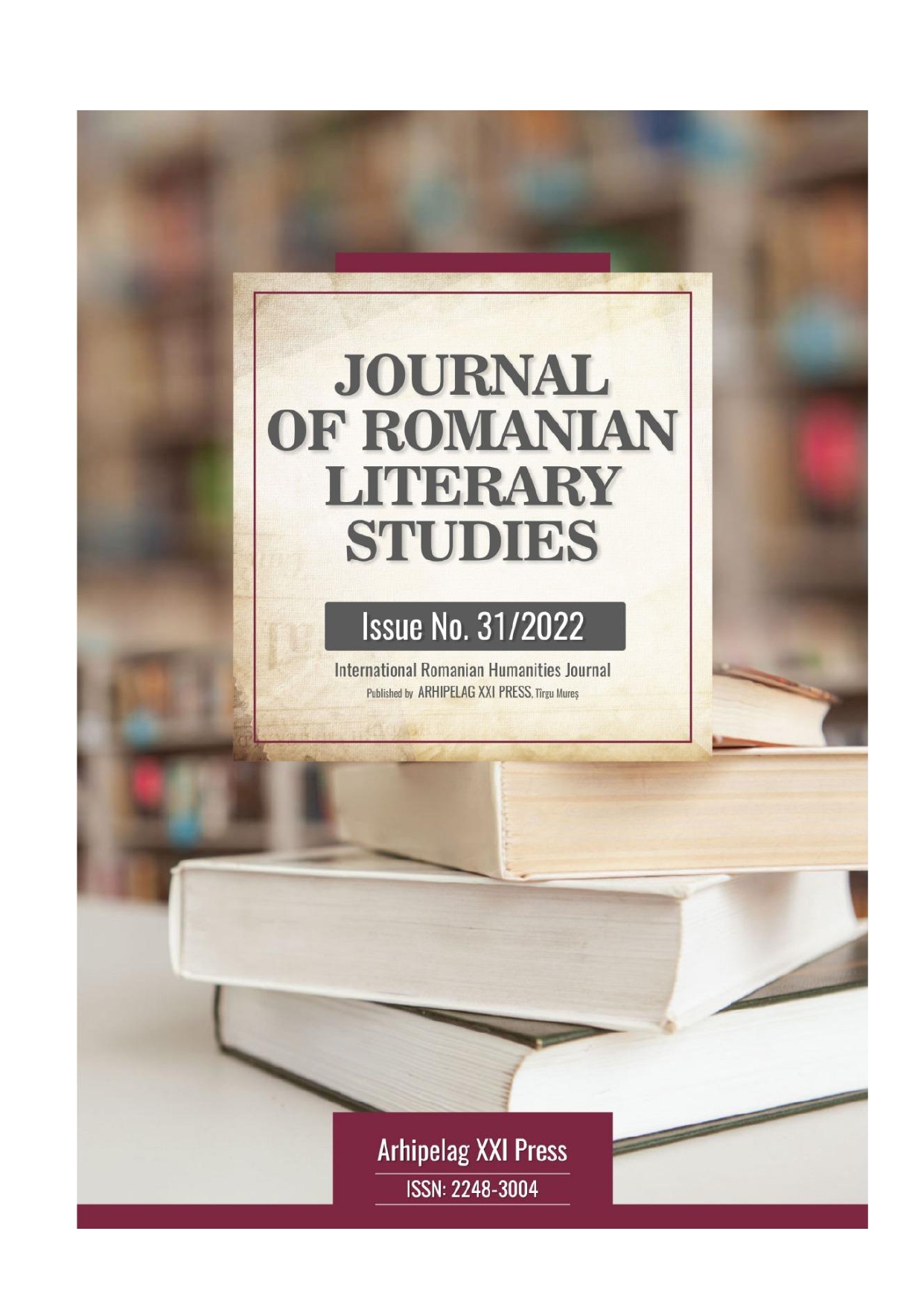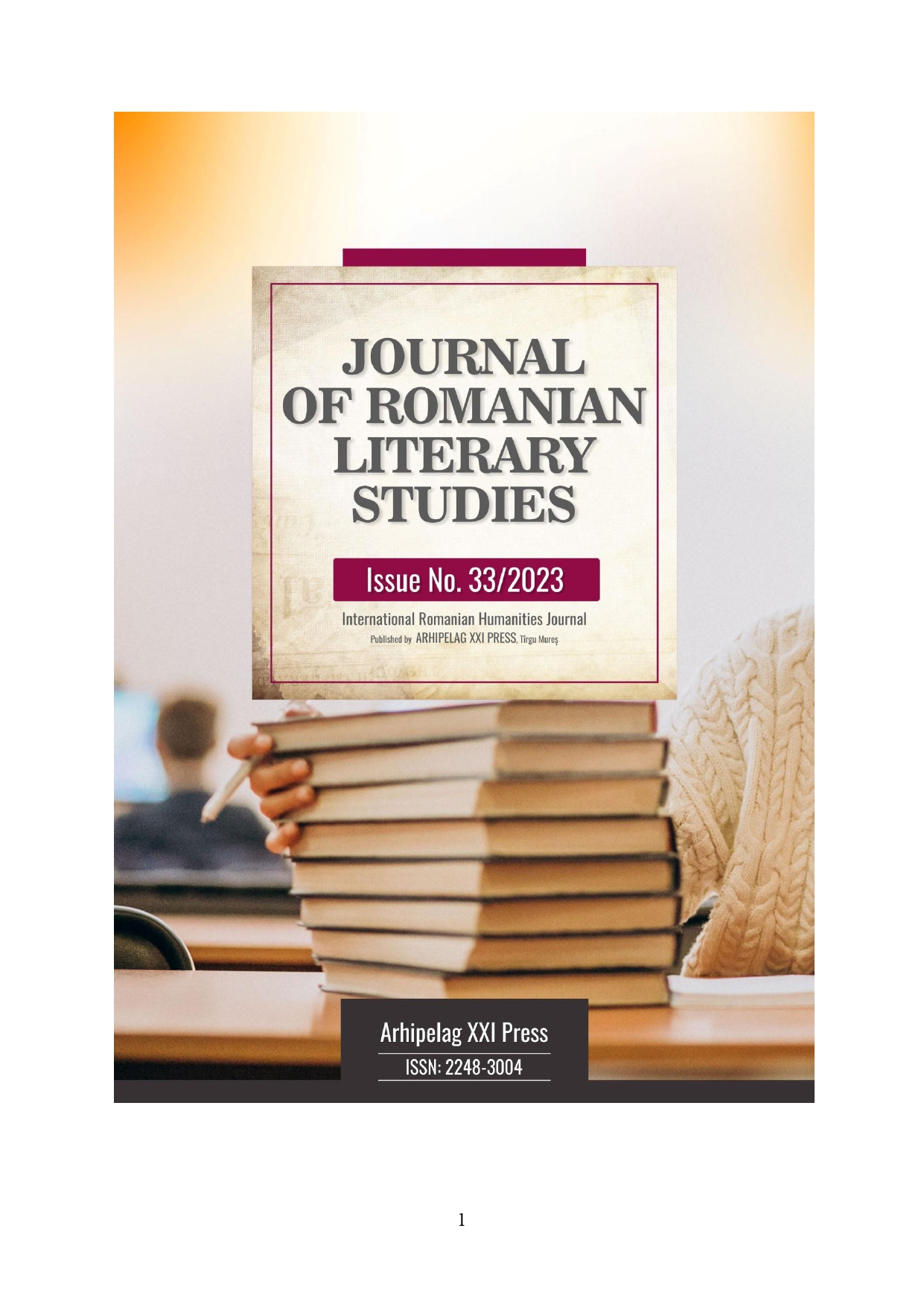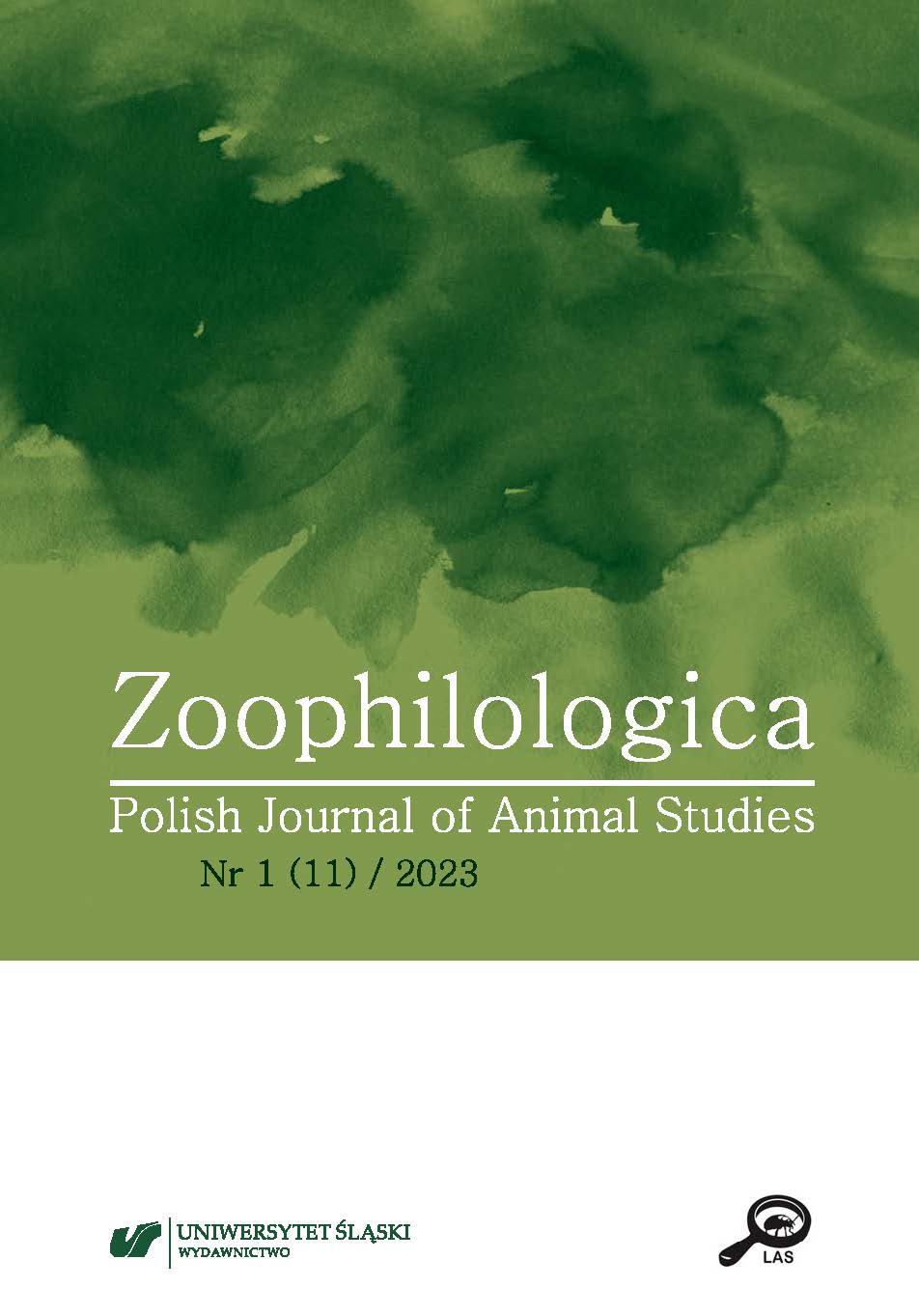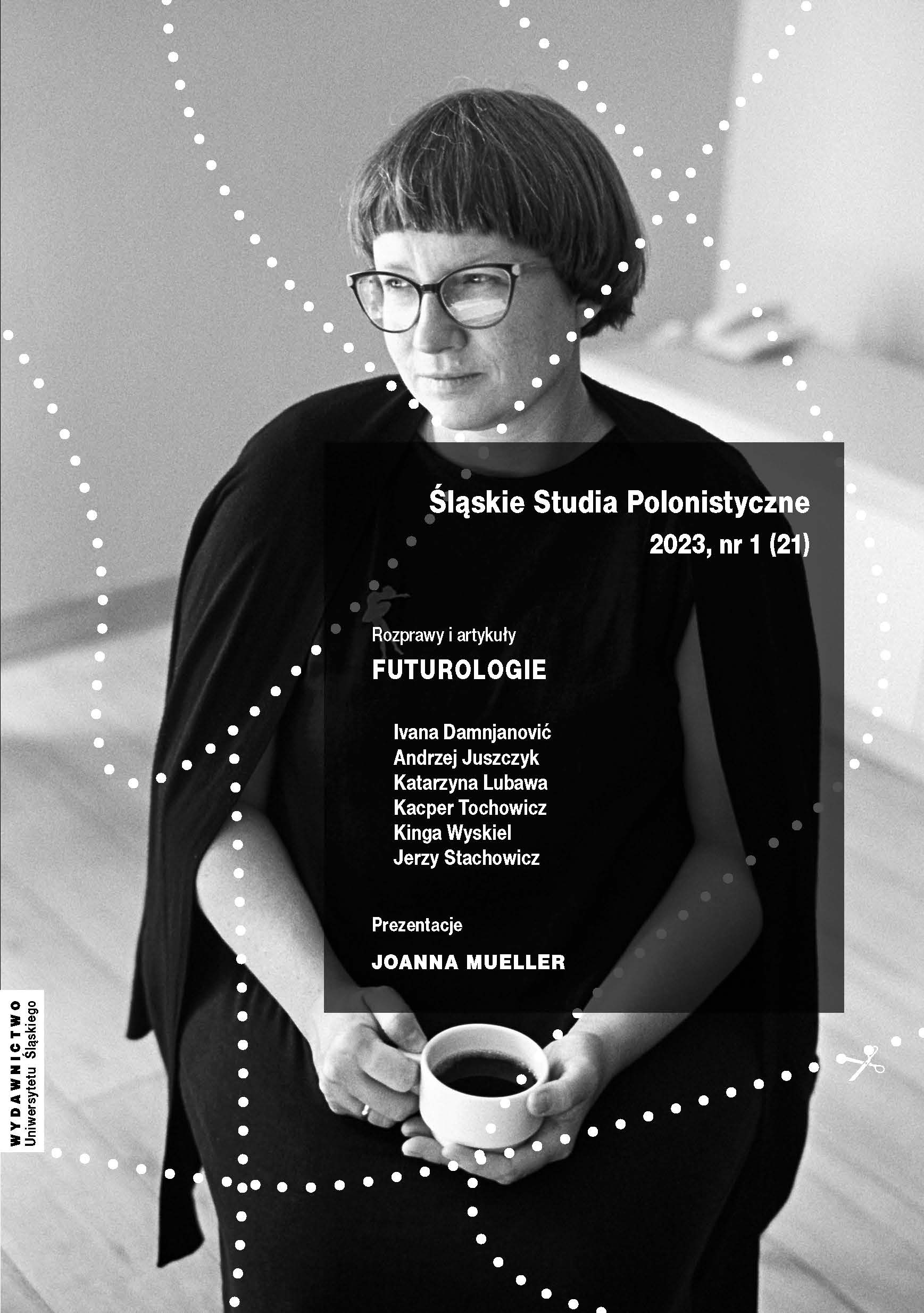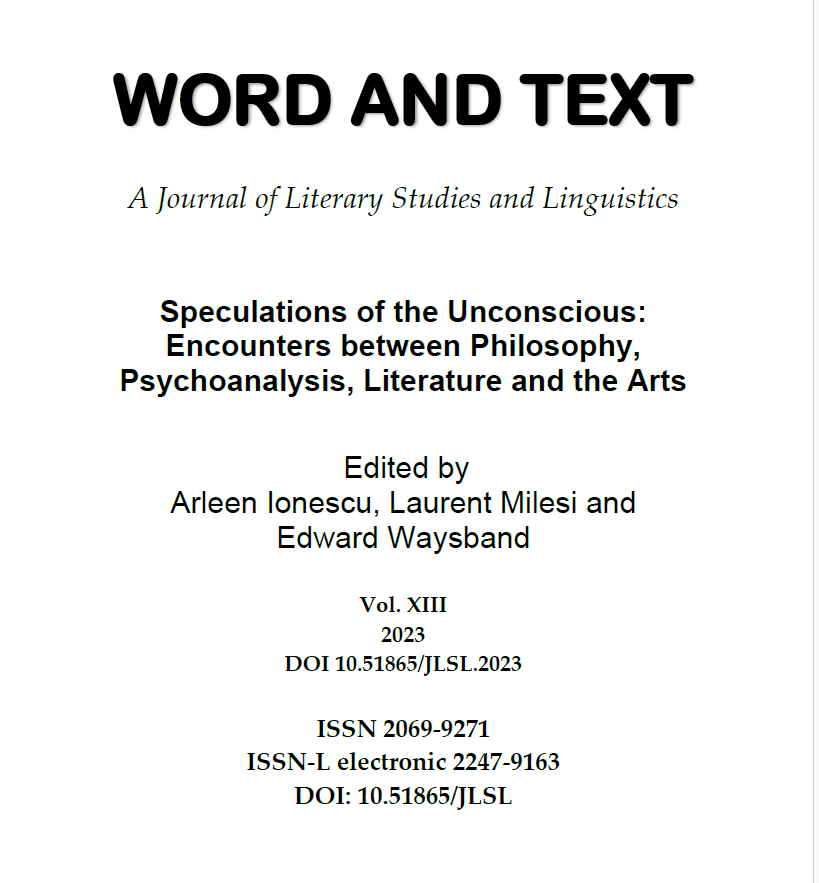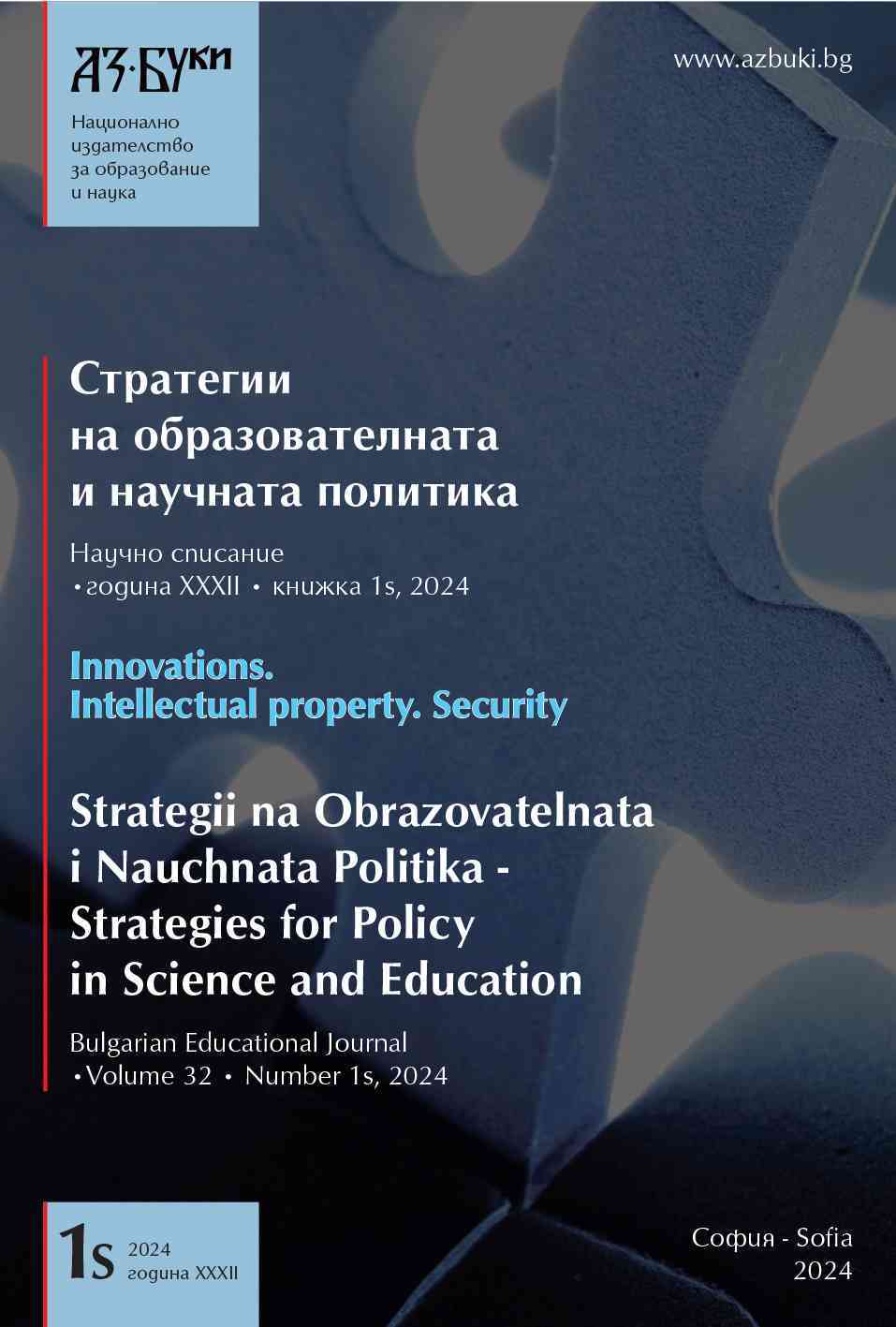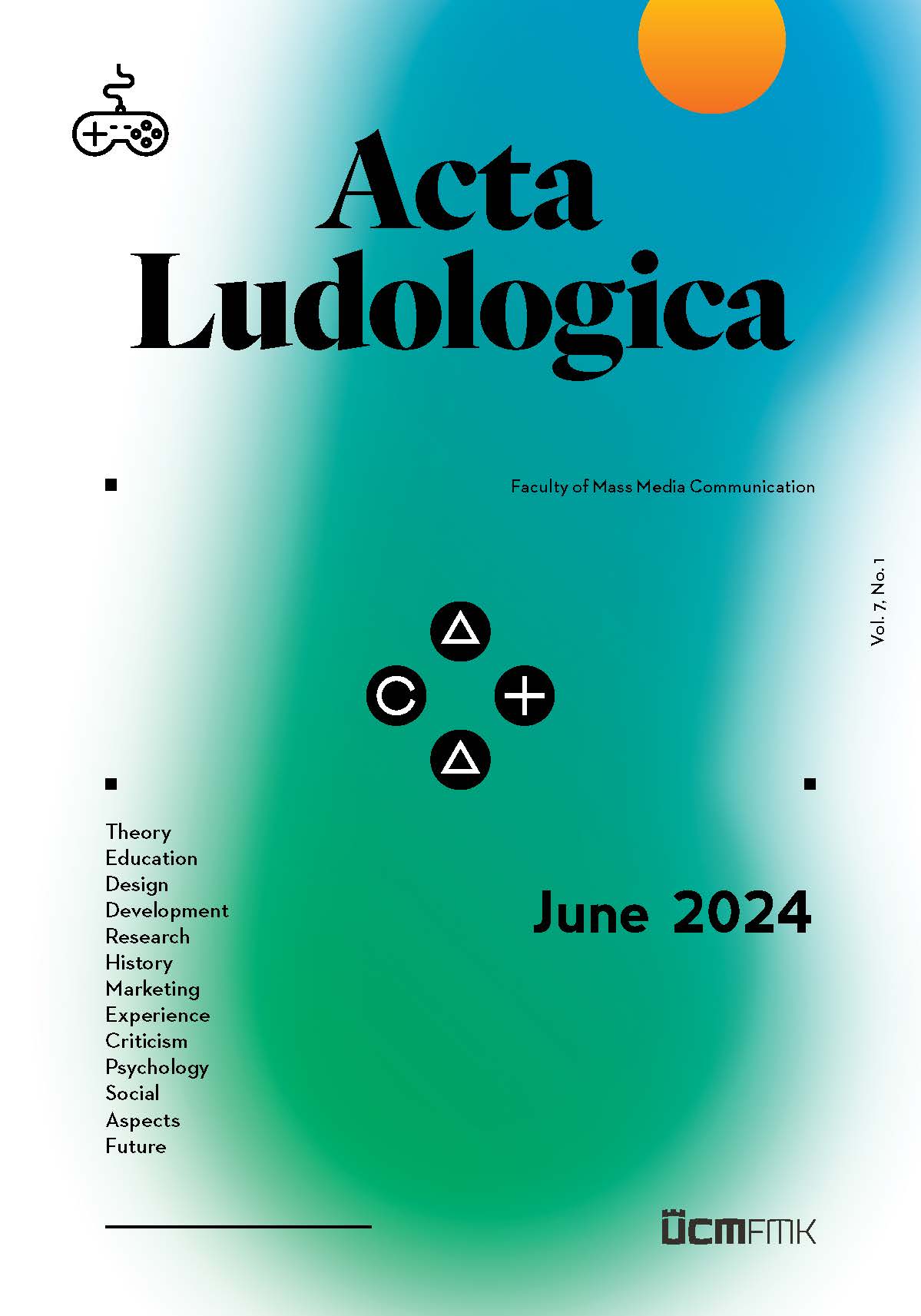Author(s): Oana Bădăluță / Language(s): Romanian
Issue: 31/2022
The history of the fantastic character is enunciated through the prophet Ezechiel’s vision (The Old Testament, Iezechiel, 1:13) from the Bible, and it is considered a product of the primitive fantasy, where the attributes of the characters who take part in the development of the events, are of visual order: The appearance of these beasts resembling the form of some burning coal, and of some torches of fire; fire was running among the beasts, and rays and thunders were springing from the fire. We can also discuss about fabulous characters, endowed with superanatural powers, which can control the magic, the same way as are the elves and the wizzards, good or evil, according to the conception in which their existence would be based on an archaic magic, appeared at the beginning of the world. The supernatural characters present distorted and contradictory natures, unstable, immoral, but also manifest correct, dignified and positive features and they follow the story’s heroes, on their way to triumph. This crisis at the personal level, which the majority of the characters pass through, represents the beginning of the affirmation of the fantastic. The overcoming of the blockage, the finding of the convenient solutions, the solvation of the limit-situations, is the key to the antifantastic. Some characters activate the fantastic’s function: The devils and vampires, in all their hypostases, the fairies and the wicked fairies, the gnomes and the elves play this part through excellence fantastic. Regarding the delimitation of the principles between good and evil, in the case of Middle Earth, we can distinguish between the positive and negative characters, the evil and destructive orks and the kind hobbits, some of whom may or may not know the redemtion. The wizzards of a story can be negative characters, as well as positive ones (Saruman vs Gandalf, Lord of the Rings, filmmaker Peter Jackson, 2001-2003). With the exception of the evil characters, the others are put on a trial and risk an interior transformation. by approaching the evil (Sauron himself was once a spirit of beneficence, as a result we can compare him to Lucifer, the fallen angel). The demons, the harmful spirits, the gods, the vampires, the ghosts, the werewolves and the monsters are archtypes of the imagination, which we can encounter frequently in the fantastic stories or in the popular beliefs. The clear distinction between good and bad represents a permanent topic of the differences from the moral and spiritual points of view in the story, which centres and influences the whole action of the narration.
More...
